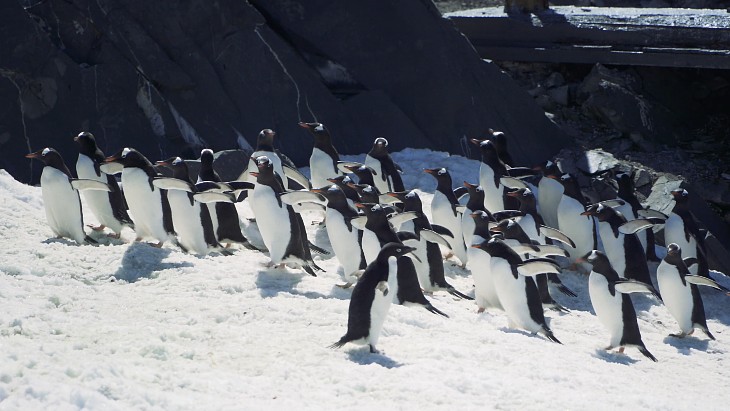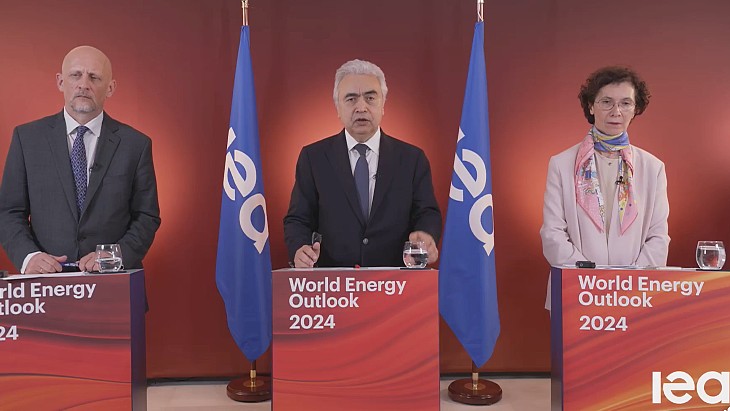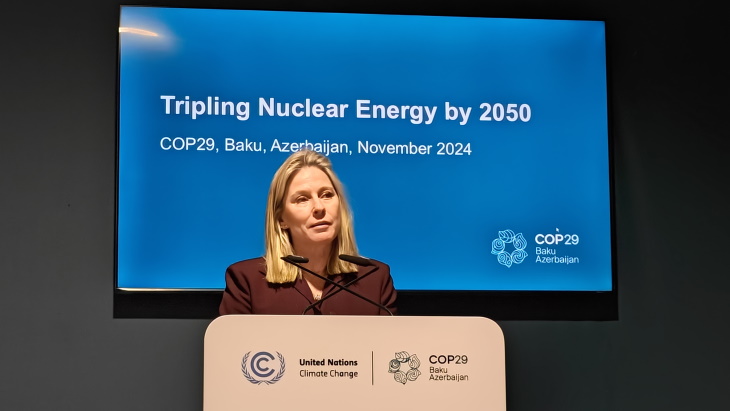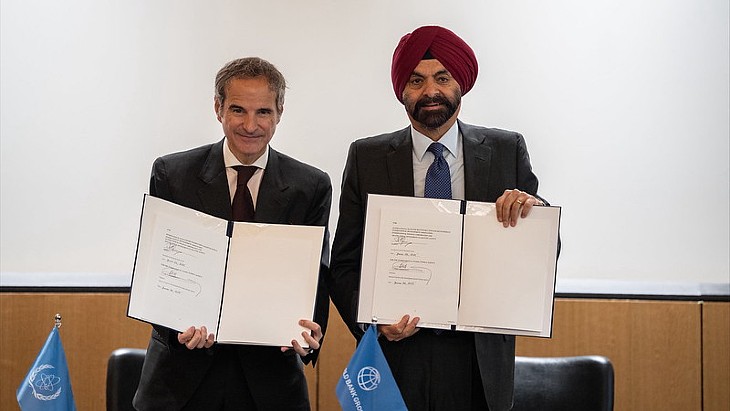IEA notes nuclear's role in meeting sustainability goals
If the United Nations' sustainability goals are to be met, nuclear energy will need to provide at least 15% of the world's electricity by 2040, according to the International Energy Agency (IEA). It notes that China continues to lead a gradual rise in nuclear output and is expected to overtake the USA by 2030 to become the largest producer of nuclear electricity.
In the latest edition of its World Energy Outlook (WEO), launched today, the IEA has introduced, for the first time, the Sustainable Development Scenario. This scenario reflects the energy-related objectives that the international community has set with the United Nations 2030 Agenda for Sustainable Development: "an appropriate answer to our climate change challenge, while improving air quality and achieving universal access to modern energy services – in short, secure, affordable, sustainable energy that is available to all". The scenario sets out policy priorities needed to achieve these goals, including increased support to low-carbon technologies such as nuclear, RD&D on innovative technologies and support to innovative market designs.
The report maintains two previously used scenarios for the world's energy mix up to 2040. The New Policies Scenario looks at the impact of existing government policies and commitments on energy demand, supplies and investments. The Current Policies Scenario only includes policies that are firmly enacted, providing a benchmark. The IEA had earlier included the 450 Scenario, which demonstrated a pathway to limit long-term global warming to 2°C above pre-industrial levels.
In the report's foreword, IEA executive director Fatih Birol said, "These are extraordinary times for global energy, and they are reflected in what I believe is an extraordinary WEO." He said there are four major trends that are "profoundly reshaping" the energy sector. These are the continued cost reductions for clean energy technologies; the rapidly increasing importance of electricity and digital technologies across the energy sector; the significant changes under way to reduce the energy intensity of China's economy; and the dynamism of the shale gas sector in the USA.
The report says the nuclear power sector "enjoyed successes and challenges" in 2016. For a second year in a row, over 10 GWe of new nuclear capacity was brought on line. At the start of this year, construction of a further 60 reactors, with a combined capacity of 65 GWe, was under way. However, it notes that just 3 GWe of new construction was started last year.
The WEO says the latest policies related to nuclear energy are mixed, with a confirmed intention to expand the use of nuclear power in China and India set against signalled intentions to reduce the reliance on nuclear power in France and South Korea. "The policy and technology landscape continues to change and our projections in the WEO change in response," said the IEA.
In the New Policies Scenario, global nuclear capacity increases steadily from 413 GWe in 2016 to almost 520 GWe by 2040, although the expansion is "confined to a shrinking number of regions". Moreover, the global distribution of nuclear power changes significantly. Strong growth in China and India far outpaces reductions in the European Union, Japan and Korea.
World electricity generation will increase from 24,765 TWh in 2016 to 35,981 TWh in 2040, under the IEA's Sustainable Development Scenario. In this scenario, global nuclear generation increases from 2611 TWh in 2016 to 5345 TWh in 2040, when it will account for 15% of total electricity production, up from 11%. However, the IEA says nuclear development in this scenario is "limited to those regions with existing or planned nuclear power plants and their supporting regulatory structures". Renewable energy sources share of global electricity will increase from 25% to 63% under the Sustainable Development Scenario.
While carbon emissions have levelled out in recent years, the report finds that global energy-related CO2 emissions increase slightly by 2040, but at a slower pace than in last year's projections. "Still, this is far from enough to avoid severe impacts of climate change," according to the IEA.
Agneta Rising, director general of World Nuclear Association said, "Nuclear will have an important role supplying clean, reliable electricity that is delivered 24/7, so that people can meet their needs and aspirations without harming the environment."
The global nuclear industry has set the target to supply 25% of the world's electricity demand by 2050, which would require a tripling of nuclear generation from its current level.
Rising added, "We have set this goal because the nuclear industry is ready to deliver more as electricity demand could be higher than expected and other low-carbon sources might not meet the projections."
She continued, "We agree with the IEA that there would need to be increased support for low-carbon sources such as nuclear and innovative market designs if the aims of the Sustainable Development Scenario are to be met."
Researched and written
by World Nuclear News

_99697.jpg)







..._58412.jpg)

